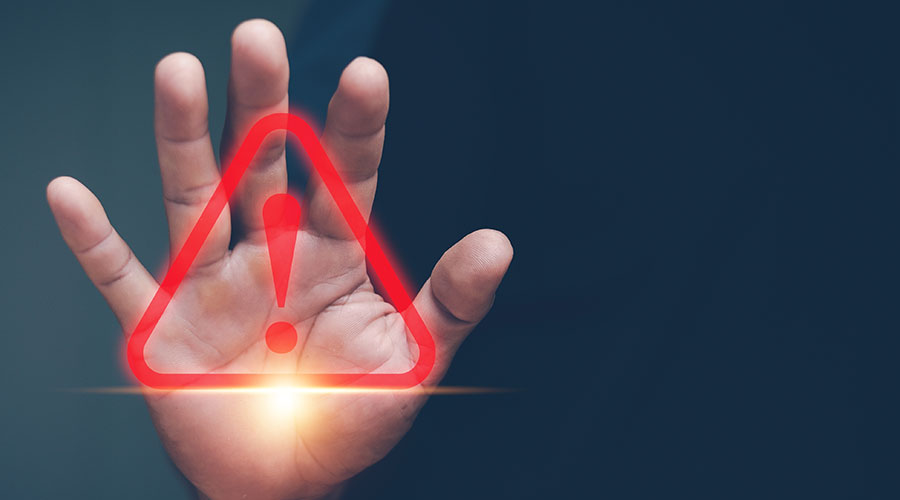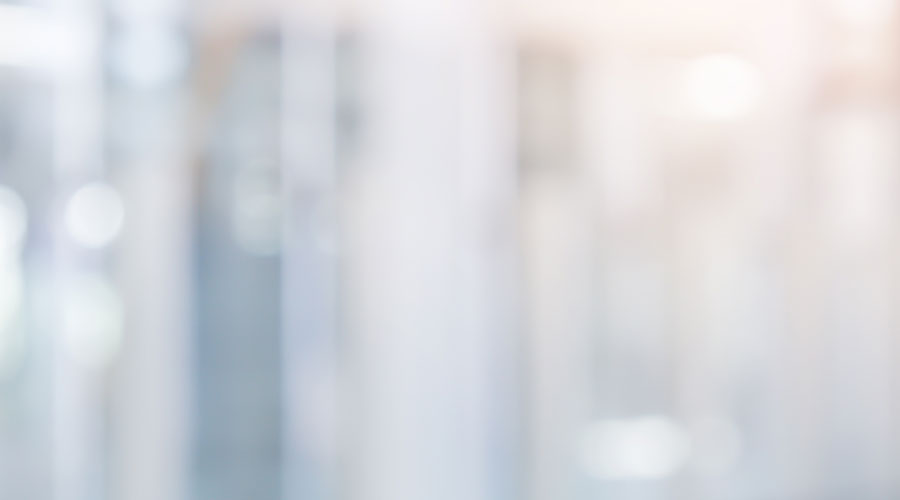When Mary Mwape, a midwife, delivers babies at Lubwe Mission Hospital in Luapula Province of Zambia, there’s often no water to wash her hands or clean the newborn. Yet, mothers from all over the region are referred to the hospital for delivery and related health care activities.
“We know that we are supposed to wash our hands thoroughly before attending to another patient but what do you do in a situation where there is no running water?” she asks.
Mary’s challenge is not unique. Water, toilets and soap are absent in numerous hospitals and health centres in many low income countries. Without basic water, sanitation and hygiene (WASH) services, it is difficult for health workers to prevent and control infectious diseases.
“If a newborn child with a fresh umbilical cord is washed using water from shallow, open wells or unsafe water, the child is likely to be infected with diseases like neonatal tetanus or neonatal sepsis which may lead to death,” Mary explains.
“A labour ward without water is a danger to the life of newborn children,” she adds.
Increasing WASH services
Zambia has made efforts to improve WASH services in health care facilities.
In 2010, the Ministry of Health with support from Tropical Disease Research Centre and other organizations, installed small water stations for safe drinking and hand washing in 150 health care facilities mostly in rural communities. The facilities were chosen because they reported high levels of diarrhoea and low access to clean water.
"More than 1 in 3 health care facilities in low-resource settings do not have any access to water at all."
WHO UNICEF report
The project placed two locally produced water stations at key points in each health facility. One 60-litre water station provides chlorinated water that is safe for drinking. The second 70-litre water station is used for handwashing with soap.
Though providing water is a challenge across Zambia, the project requires all health care facilities to have a water supply inside or nearby to keep the tanks full.
Depending on the health facility’s water supply, the water stations are filled either by well, piped or delivered water. There are dedicated personnel to manage the stations in order to ensure proper operation and disinfection of water supplies.
“The water stations ensure patients can take their medications with safe water and the health care workers can wash their hands between patients,” explains Mathias Tembo, a senior medical scientist at Tropical Disease Research Centre. “If we don’t provide treated water, various diseases will continue to be transmitted in the health care facilities.”
Besides making it possible for health workers to wash their hands, the water stations are increasing patients’ satisfaction and promoting hygiene practices. Health workers are capitalizing on a “teachable moment” by encouraging patients to wash their hands and treat their drinking water at home.
And, recent home visits have shown the programme is working. Patients are now regularly washing their hands with soap and safely storing and treating their water.
“Efforts need to continue to ensure we improve the provision of water, but also that we have safe and reliable supplies of drinking water in all health care facilities in Zambia,” says Mr Tembo. “While we have not focused on this area in the past, it is important we start.”
Use of alcohol-based hand rubs is an important complementary measure that also allows for hand hygiene to prevent infection, but these are not widely available.
A major issue in low-resource settings
According to WHO and UNICEF’s report, “Water, sanitation and hygiene in health care facilities: status in low- and middle-income countries and way forward”, more than 1 in 3 health care facilities in low-resource settings do not have any access to water at all. When the reliability, safety and distance of the water supply is taken into account, that ratio increases to 1 in 2.
But, lack of water is only one challenge. Nearly 1 in 5 of these facilities does not also have toilets and more than 1 in 3 does not have soap for handwashing.
Without safe water, toilets and soap, health care workers like Mary cannot carry out proper infection prevention and control measures and demonstrate safe practices to their patients. They also put babies at risk of developing life-threatening diseases.
Simple measures, like Zambia’s water stations, can make an immediate difference. WHO, UNICEF and partners, like WaterAid, are working to increase water, sanitation, and hygiene services in health care facilities in low- and middle-income countries, so that more patients can receive care in safe environments.
Realizing long-term sustainable improvements will require a global action plan that integrates stronger policies, greater financial commitments and ample human resources. WHO and UNICEF are working to development and implement the first plan.

 The Effect of Over-Cleaning on Human Health
The Effect of Over-Cleaning on Human Health Rumored Terror Threat to Hospitals Prompts FBI Warning
Rumored Terror Threat to Hospitals Prompts FBI Warning Ground Broken on New Johns Hopkins All Children's Hospital
Ground Broken on New Johns Hopkins All Children's Hospital States Move Forward to Better Protect Senior Citizens
States Move Forward to Better Protect Senior Citizens Archer and REDA to Transform Newport Beach Building into Outpatient Center
Archer and REDA to Transform Newport Beach Building into Outpatient Center